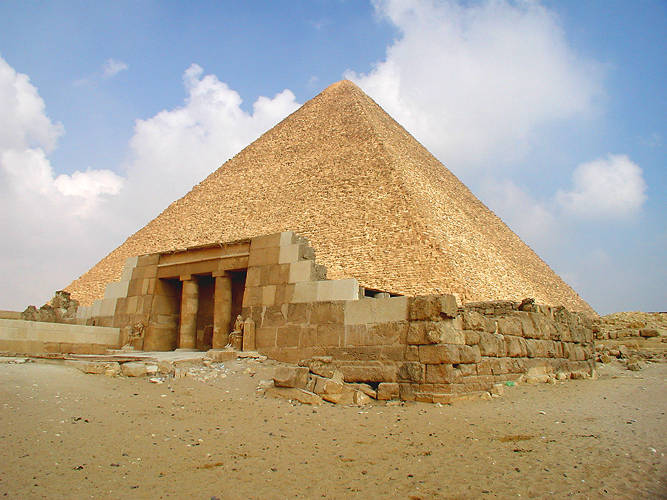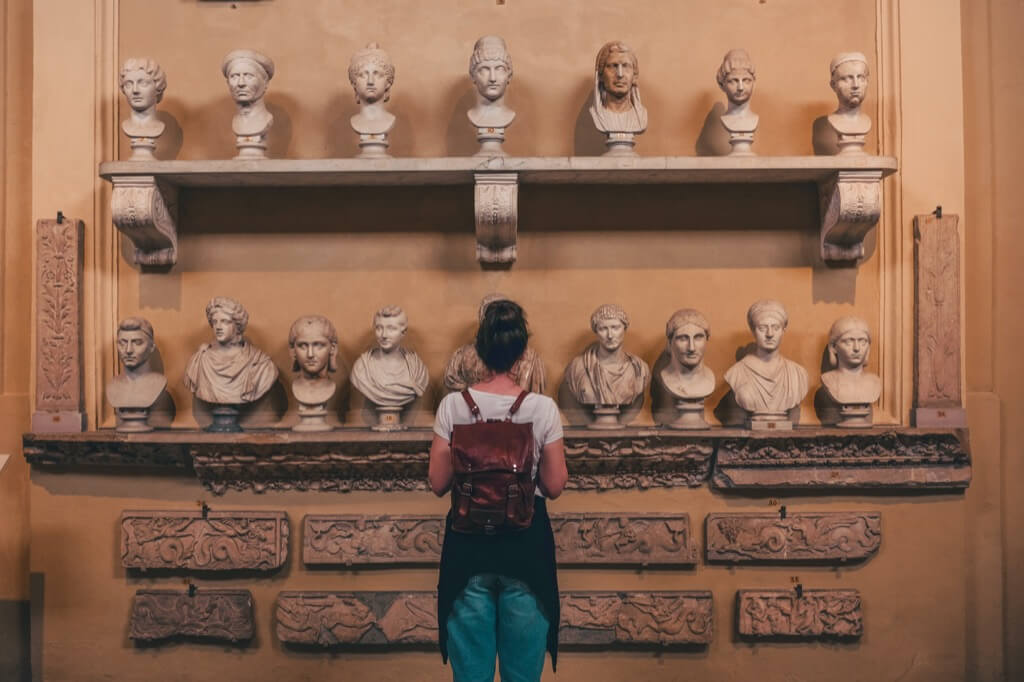The allure of ancient Egyptian treasures buried with the pharaohs has long captivated our imagination. But amidst the tales of booby traps and intricate puzzles, the truth behind safeguarding these riches may surprise you.
Contrary to cinematic portrayals, the primary threat to a pharaoh’s legacy often came from within their circle. With absolute authority, pharaohs weren’t immune to plundering their ancestors’ tombs, occasionally repurposing artifacts for their funerals. Economic downturns even prompted members of the upper class to raid the tombs of their departed relatives.
While tomb raiding by the elite was somewhat condoned, unauthorized intrusion faced severe penalties—ranging from fines to gruesome punishments. The severity reflected the sanctity of the tomb and the stolen goods’ value. Capital punishment, including burning alive or beheading, aimed to deter theft, as per ancient beliefs linking body preservation to accessing the afterlife.
Accounts of tomb raiders’ tactics shed light on the apparent ease of avoiding consequences. Amenpanufer’s tale from the 11th century BCE details his team’s raid on King Sobekemsaf’s tomb, showcasing cunning methods to abscond with treasures. However, it also highlights the lax enforcement of penalties, allowing repeat offenses.
Surprisingly, tomb-robbing wasn’t limited to outsiders. Even those involved in tomb construction and burial practices participated, blurring the lines of morality in ancient civilization.
Hollywood Myths vs. Reality

Contrary to cinematic depictions, real archaeological evidence dispels the Hollywood myth of elaborate traps. Reports of lethal traps like razor wires or snakes in tombs are dismissed by credible experts as unfounded. Safeguarding was often limited to obstructing access with immovable objects rather than intricate traps.
Hollywood’s portrayal of temples as perilous labyrinths with elaborate death traps, reminiscent of Indiana Jones movies, perpetuates the myth of widespread traps in ancient ruins. However, this depiction seems more fiction than fact.
Lack of Evidence and Technological Constraints
Ancient societies’ technological limitations render the elaborate traps seen in movies implausible in many historical contexts. The intricate mechanisms involving springs, tripwires, and gears surpass the technological capabilities of most ancient civilizations.
While certain myths persist about booby traps within pyramids, historical evidence fails to support these claims. Ancient pyramids, including those of the Mayans, were not designed as booby-trapped structures. Any secret doors, tunnels, or traps were primarily intended to safeguard these sacred sites, rather than as elaborate traps for intruders.
The misconception surrounding booby-trapped pyramids often intertwines with the purpose of these structures. Pyramids weren’t built to house mummies; instead, they served as monumental structures. The actual burial chambers for mummies were separate tombs, distinct from the pyramids themselves.
Cultural Practices and Tomb Safeguarding
The practice of equipping tombs with items necessary for the afterlife was prevalent in ancient Egyptian culture. However, evidence suggests that elaborate traps within these tombs were not a widespread reality. The items placed in tombs, such as food, household goods, and depictions on tomb walls, were intended for the deceased’s journey to the afterlife.
Technological Constraints and Improbability
The construction and implementation of complex booby traps, as seen in Hollywood, pose significant challenges when considering the technological capabilities of ancient civilizations. The intricate systems involving mechanisms like springs, tripwires, and intricate gears surpass the known technological achievements of these societies, making the existence of such traps highly improbable.
Contrary to popular belief, substantial evidence dismisses the widespread existence of booby traps within ancient Egyptian tombs. The lack of tangible proof or archaeological findings supporting these claims underlines the disparity between myth and historical reality. The absence of credible evidence challenges the pervasive notion of perilous tombs filled with elaborate traps.
The structures and features often misconstrued as deadly traps were more likely intentional safeguards to protect the sanctity of these sacred sites. Secret doors, tunnels, or mechanisms found within pyramids and tombs were primarily aimed at safeguarding the resting places of the deceased, ensuring their preservation from potential intruders.
The prevalent practice of equipping tombs with items essential for the afterlife suggests a different purpose for these structures. Rather than being deathtraps, these tombs served as resting places for the deceased, housing provisions like food, household goods, and symbolic representations on tomb walls, indicating a journey to the afterlife rather than a series of deadly hazards.
What You Didnt Know
- In ancient Egypt, tombs were sometimes reused for secondary burials. After the initial interment, family members would add additional bodies to the same tomb over generations.
- Honey was occasionally found in Egyptian tombs. Its preservative properties might have been used to maintain the bodies or as an offering for the deceased in the afterlife.
- Some tombs contained amulets believed to aid in childbirth. These talismans depicted the goddess Taweret, associated with fertility and childbirth.
- Tombs often had graffiti inscriptions made by visitors or workers, sometimes providing insights into ancient visitors’ thoughts, beliefs, or even complaints about their work.
- Many tombs had hidden or sealed chambers, often discovered centuries later through modern technology or careful excavation.
- While less common, tombs for beloved pets or animals existed in various ancient cultures, showcasing the significance of animals in those societies.
- Egyptian tombs frequently included false doors, believed to be portals between the living and the afterlife, allowing the spirit of the deceased to move freely.
- Some tombs had separate chapels where offerings could be made to the deceased, often filled with items for their use in the afterlife.
- Not all tombs contained curses, but those that did were meant to deter grave robbers by warning of dire consequences.
- Some tombs discovered by archaeologists were devoid of mummies or human remains, leaving researchers puzzled about the reasons for the absence of the bodies.
- Certain tombs were constructed with architectural features that aligned with celestial events, such as the rising or setting sun during specific times of the year.
- Tombs occasionally held musical instruments, suggesting their importance in rituals or ceremonies associated with burial rites.
- In certain cultures, tombs consisted of multiple levels or chambers, showcasing elaborate and intricate burial structures.
- Some tombs were sealed with personalized seals or insignias, providing clues about the identity or status of the tomb’s occupant.
- Remote or concealed tombs were sometimes constructed in hard-to-reach locations, possibly to protect the deceased from theft or disturbance.
The realm of ancient tombs has long been veiled in mystique and intrigue, perpetuated by cinematic depictions of perilous booby-trapped structures. However, a closer examination reveals the disparity between Hollywood’s imaginative constructs and historical reality. The lack of substantial evidence and technological constraints render the widespread existence of intricate traps within ancient Egyptian tombs highly improbable.






